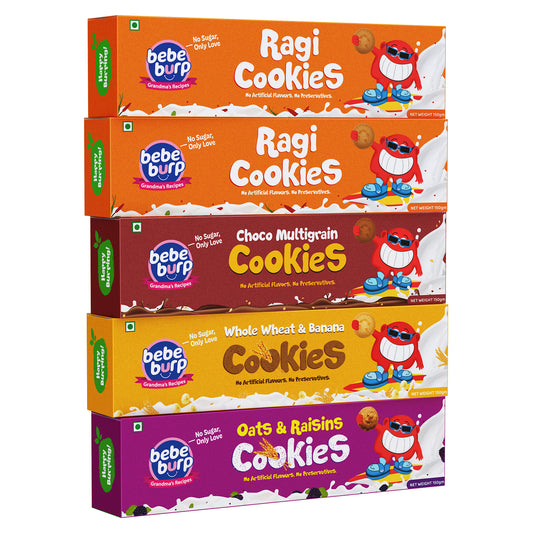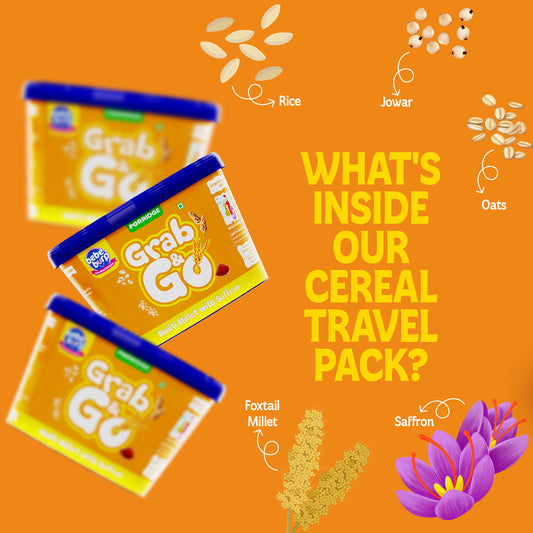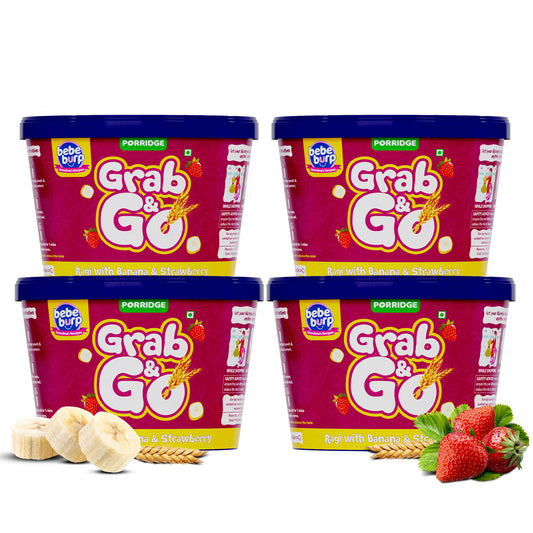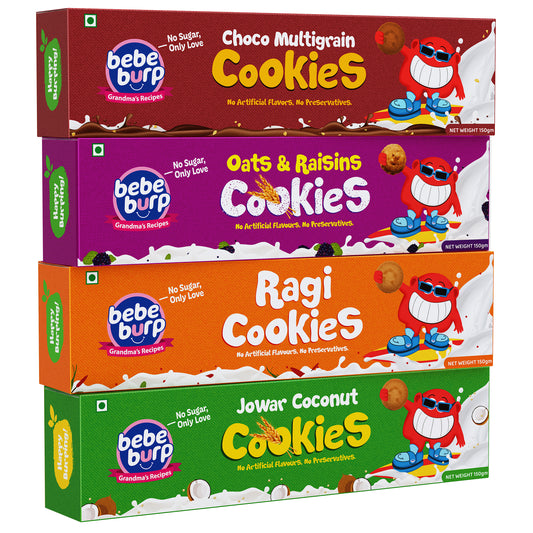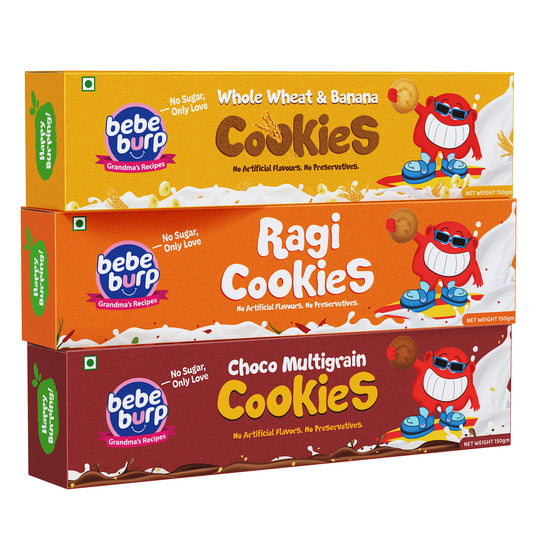Are Ragi and Rajgira same? Many parents wonder about these two superfoods while planning their child’s diet.
Both of them are highly nutritious but they differ from each other as grains and also in nutritional value.
Even if both are quite nutritious, they are different grains with different advantages.
Ragi and Rajgira: Clearing the Confusion
Ragi and Rajgira often get confused due to their Indian names and traditional uses in baby food.
Ragi, however, is finger millet; Rajgira is amaranth. Perfect for newborns and toddlers, both are gluten-free, high in vital nutrients, and easy to digest.
What is Ragi?
Ragi or finger millet is a grain relatively popular in Southern India. It is well known for:
- High calcium content – ideal for bone development
- Rich iron levels – supports hemoglobin production
- Good source of fiber – promotes healthy digestion
- Loaded with amino acids – supports brain development
Ragi is mostly made into flour and used in preparing different porridge, cookies, and pancake recipes for children.
What is Rajgira?
Rajgira, also called amaranth, is a tiny seed-like grain that has been a staple during Indian fasts. It’s known for:
-
High protein content – builds muscle and boosts growth
-
Essential lysine amino acid – helps in calcium absorption
-
Rich in antioxidants – fights inflammation
- Calcium and magnesium – supports bone strength
Rajgira is commonly popped, puffed, or ground into flour to make laddoos, chikkis, and porridge.
Difference Between Ragi and Rajgira
|
Feature |
Ragi (Finger Millet) |
Rajgira (Amaranth) |
|
Scientific Name |
Eleusine coracana |
Amaranthus spp. |
|
Gluten-Free |
Yes |
Yes |
|
Protein Content |
Moderate |
High |
|
Calcium Content |
Very High |
High |
|
Iron |
Rich |
Moderate |
|
Common Use |
Porridge, cookies, pancakes |
Laddoos, chikkis, porridge |
|
Texture |
Fine when ground |
Coarse or popped |
Health Benefits of Ragi and Rajgira for Kids
Both grains are power-packed with nutrition. Here’s how they benefit children:
Benefits of Ragi:
-
Boosts bone development (thanks to its high calcium)
-
Prevents anemia with iron-rich content
-
Aids digestion and relieves constipation
-
Helps in cognitive development
Benefits of Rajgira:
-
Builds strong muscles and supports rapid growth
-
Strengthens bones with calcium and magnesium
-
Keeps kids full and energetic
- Fights infections with antioxidants
How to Use Ragi and Rajgira in Kids’ Diet
Here are baby-friendly ways to include Ragi and Rajgira:
Ragi Recipes:
-
Ragi Porridge with dates or banana
-
Ragi Cookies – soft and delicious snack
- Ragi Dosa or Pancakes – for toddlers
Rajgira Recipes:
-
Rajgira Laddoo with jaggery – festive and healthy
-
Rajgira Porridge with milk or coconut milk
- Rajgira Roti – protein-packed and filling
Make sure to introduce each grain separately and in small amounts initially, especially for babies under 1 year.
FAQs
Q1: Can my infant have Ragi and Rajgira?
Ans: Yes! Depending on guidance from your pediatrician, both can be included alternatively in the diet after six to eight months.
Q2: Which is better for newborns, Ragi or Rajgira?
Ans: Both offer particular advantages. For calcium, ragi is more suited; Rajgira provides higher protein.
Q3. Is Rajgira safe every day for children?
Ans: In moderation, sure. Any food might cause stomach problems if overconsumption of it is done.
Q4. Are children who have gluten sensitivity fit for Ragi and Rajgira?
Ans: Absolutely! For kids with gluten intolerance, both are safe and naturally gluten-free.
Conclusion
Although Ragi and Rajgira may look alike, they are distinct grains with remarkable nutritional characteristics.
From the bone-defending calcium of Ragi to the protein-packed muscle supporting goodness of Rajgira, both add value to your child’s diet.
Mix and match them for a complete and pleasing meal plan.



